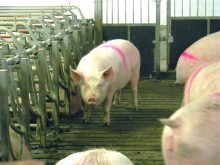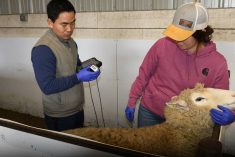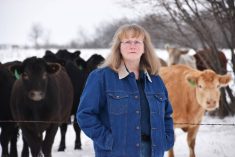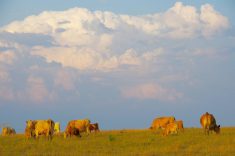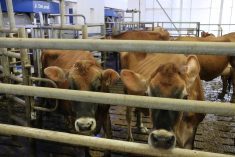Agovernment -imposed 2011 deadline for livestock traceability in Canada looks increasingly unattainable because of “dysfunctional” premise identification.
Provinces are all over the map on premise ID, which pinpoints the locations of livestock farms and is one of the three key elements in livestock traceability. Some provinces are making headway while others have hardly begun.
“If you’ve got one or two provinces that haven’t even started on developing a premise ID system, that’s going to be a challenge to the 2011 deadline that the ministers have imposed,” said Rob McNabb, Canadian Cattlemen’s Association operations manager.
Read Also
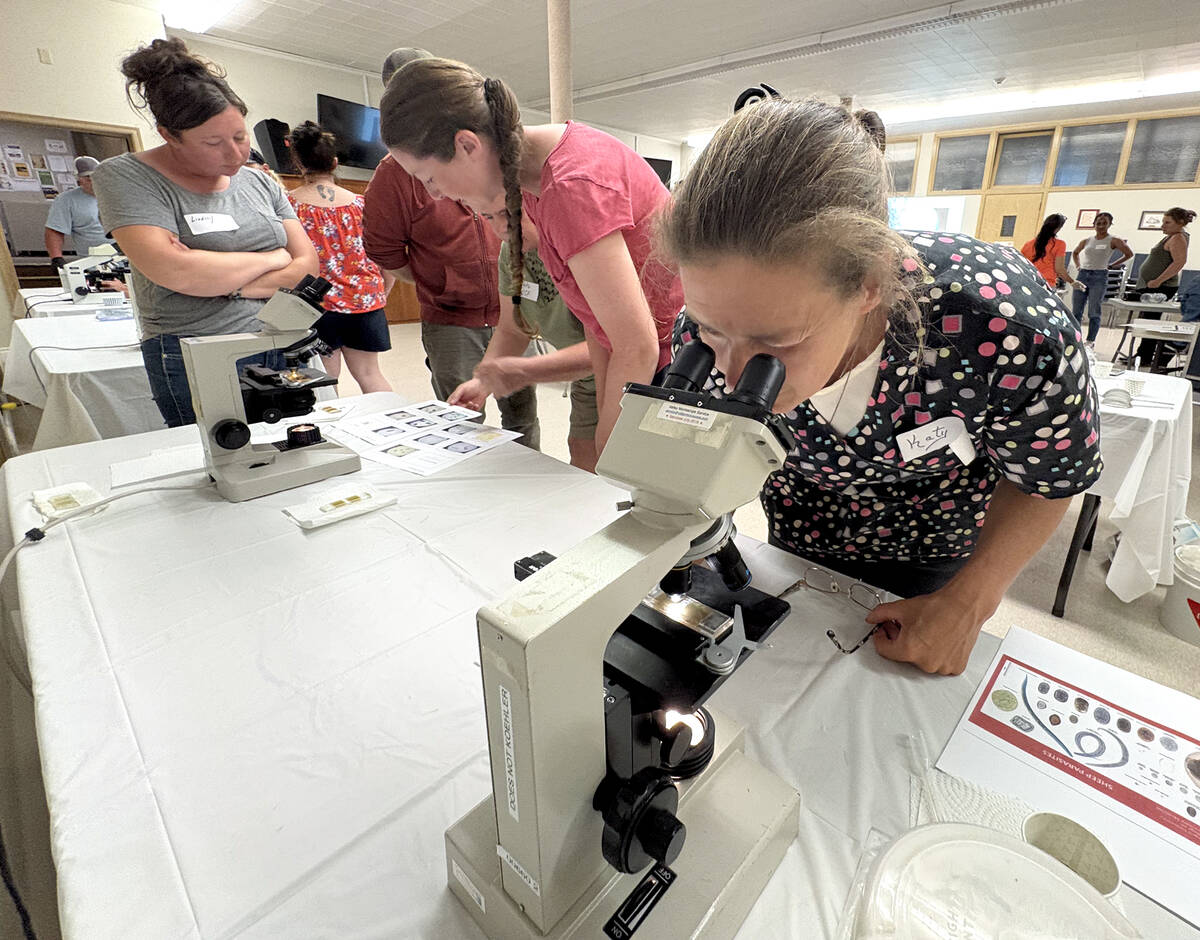
Smart deworming for sheep starts with individual fecal egg counts
Fecal egg count tests are one step to managing dewormer resistance and managing sheep parasites on Canadian sheep farms to maintain flock health.
Canada’s agriculture ministers set the 2011 target two years ago, saying the ability to track food animals from the farm to slaughter and beyond was essential for pinpointing the source of a livestock disease outbreak and protecting food safety.
Traceability has three underpinnings: animal ID, premise ID and animal movement, with producers, the provinces and Ottawa each responsible for one.
Producers register their animals in a central database using ID ear tags or other forms of identification. Provinces identify livestock farms and record their locations. The federal government requires animal movements from one location to another to be recorded.
Animal ID is largely in place, although some species are more advanced than others, and technology exists for tracking animal movements, although the industry feels it may not be up to the task.
But the system falls down on premise ID, said McNabb.
REGISTERED PREMISES
Premise ID requires livestock and poultry producers to register their farms with provincial authorities. Required information includes a legal land description, the types of animals on the property, and contact information.
Because livestock move inter-provincially, provinces need traceability systems that are compatible with each other. If provinces have differing systems, they cannot talk to each other and traceability breaks down, McNabb said.
Currently, provinces are at various stages of developing premise ID systems. Quebec is the most advanced, Alberta is well along, Ontario reportedly has over 30 per cent of its premises identified, and Manitoba launched its program earlier this fall. But the Maritimes are not far advanced, British Columbia has problems because of multiple land registries, and Saskatchewan refuses to take part in a mandatory national program, McNabb said.
“The premise ID system is, quite frankly, dysfunctional right now,” he said.
Meeting the 2011 target will be tough but shouldn’t be written off just yet, said Dr. Allan Preston, assistant deputy minister with Manitoba Agriculture, Food and Rural Initiatives.
“Are we all going to make it by the end of 2011? We may not achieve the goals that are there but I don’t think that’s a reason, at this juncture, to move the goal posts.”
The 2011 date “was viewed as being pretty aggressive right from the outset,” he said, but some provinces are making good progress on premise ID.
Manitoba has identified near all of its poultry and dairy operations, and is 90 per cent complete with hog farms. But only 15 to 20 per cent of cattle herds have been recorded because there are so many more of them spread out over a much wider area, Preston said. [email protected]
———
“ThepremiseIDsystem isdysfunctional.”
– ROB MCNABB, CANADIAN CATTLEMEN’S ASSOCIATION






